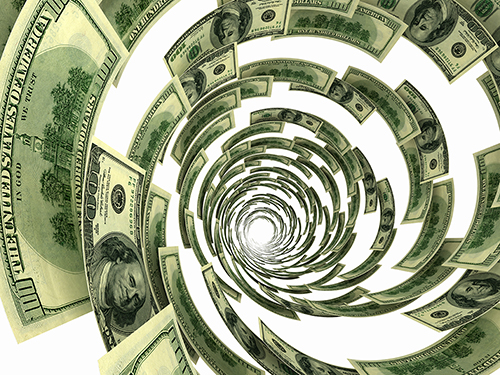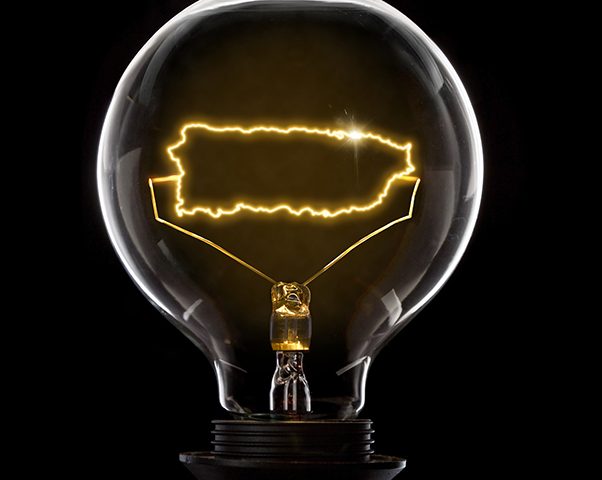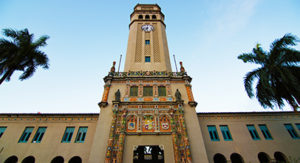
07/19 An Alluring Goal or an Undesirable Result? – On Puerto Rico’s long-term economic sustainability
Straightening out PR’s public finances—which by now is a legal obligation rather than a lofty public policy objective—has exposed a myriad of nefarious economic dynamics. For years, these were masked by indirect subsidies, such as those afforded under Section 936, but most of all, through the use of affordable and attractive cheap debt. In fact, the perverse dynamic of using debt to cover the gap in recurrent expenditures—done by all administrations—ended up normalizing the unthinkable: debt was simply redefined to be “extra constitutional” whenever the constitution forbade it. Unfortunately, regaining our long-lost economic sustainability will require further adjustments that could deepen the current socioeconomic and demographic spiral. By chasing an elusive goal, we might end up facing a curse yet to be materialized. With 30% of the population expected to be over 65 by 2040, missing the target this time around is simply not an option.

















